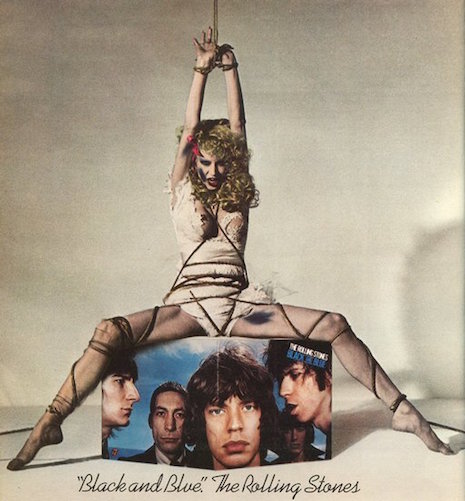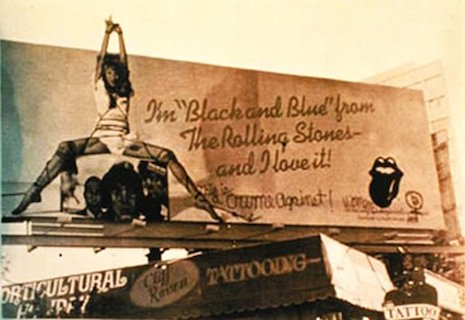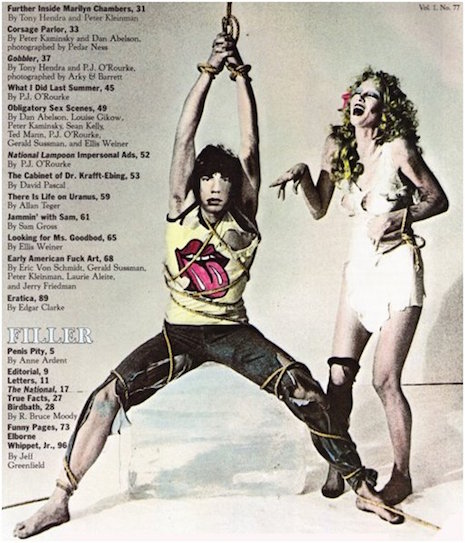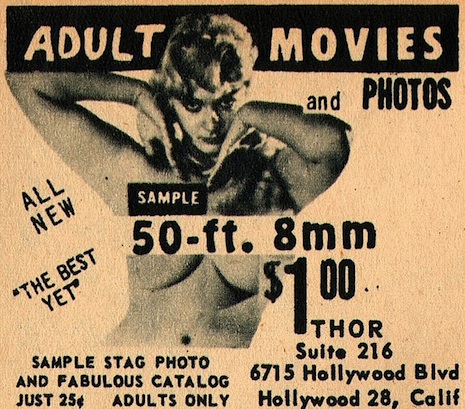
This is how it was back in the sixties and seventies. No Pornhub. No XVideo. No HD stuff. No downloadable porn just a keystroke away. If you wanted to watch a porno flick in Moosefart, Montana, or keep a stash of uncensored 8x10s in your bedroom closet, well you had to check the small ad pages in adult magazines like Follies, Frolic, Nugget, Dude, Rogue, Gent, Knight, Bachelor and Adam. This is how horny young Americans—like your dear old dad and granddad—entertained themselves before the tsunami of free digital pornography starting getting piped into the home like a utility.
Being born, raised and still living in Scotland, my knowledge of yon Americana is informed by what I’ve read in books, histories and what have you. Of course, over here there is obviously a similarity of experience. One man who built his porn empire on mail order adult entertainment is David Sullivan.
Sullivan is an economics graduate who started his adult entertainment empire by selling glossy pix thru the mail. He then moved on to mail order home movies and “marital aids.” Sullivan was so successful that he ended up running 80% of the UK’s adult mail order market. He also owned several sex shops, a line of hardcore magazines (up to 50% of the UK market), successfully produced several pornos and soft core movies—the latter best known for starring the legendary Mary Millington and a host of British comedy talent. He diversified into newspapers (Sunday Sport) before becoming the largest shareholder in two soccer clubs—first Birmingham, now West Ham.
When working in the adult entertainment business, Sullivan thought of himself as a “freedom fighter.” He was once tried and sentenced to 71 days imprisonment for living off immoral earnings—which is a kind of catchall charge to punish pornographers. He has no “embarrassment” over his time in jail telling the London Evening Standard in 2010:
“I’ve made a lot of people happy,” he says. “If I was an arms manufacturer or a cigarette manufacturer, and my products killed millions of my clients, I’d have a bit of doubt about the whole thing. I was a freedom fighter. I believe in the right of adults to make their own decisions.”
The 1970s were a boom time for adult mail order entertainment. When I was a student at the University of Glasgow back in the 1980s, the campus was split between the men’s union—the Glasgow University Union—and the women’s union—the Queen Margaret Union. While the QMU opened its doors to both male and female students, the men’s union remained until the early eighties, a bastion of male chauvinism. At the time, the “men’s union” was best known for its world champion debaters and for screening something called the “Freds.”
The “Freds” were the Tom and Jerry cartoons produced by Fred Quimby. A couple of these classic animations provided the intermission entertainment between two mail order blue movies screened for the edification and enjoyment of a select band of GUU students. The “Freds” supposedly stopped after the union opened its doors to women, but it was always rumored the “Freds” were still be screening by a group of recalcitrant students somewhere within the walls of this famous baronial building. Fans of the “Freds” went onto become politicians, lawyers, bankers, successful CEOs and apparently even a priest. But with the arrival of video home systems (VHS) the end was nigh for the boom in mail order adult entertainment. And today with the Internet, even magazines like Playboy have stopped bother to publish nude pictures in its pages. So for those too young to remember, and for those who do remember and perhaps did partake, is a small selection of classic adult entertainment ads from the sixties and seventies.
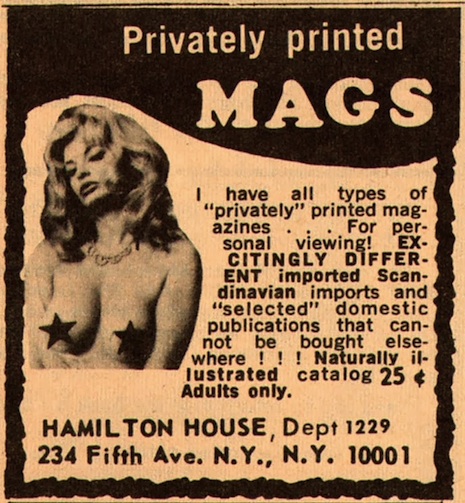
“Privately” printed mags? Oh my, this is not the kinda smut grandpa wanted you to find in that locked box in his basement after he died.
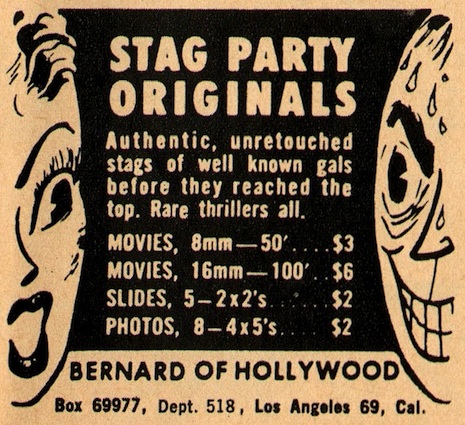
Bernard of Hollywood must have been the place to go for “Authentic, unretouched stags of well known gals before they reached the top. Rare thrillers all.” Sounds like something out of a James Ellroy novel…and the WTF ad with sweaty, wide-eyed hepped-up pervo freak? Looks kinda rapey.
More vintage adult ads, after the jump….






























